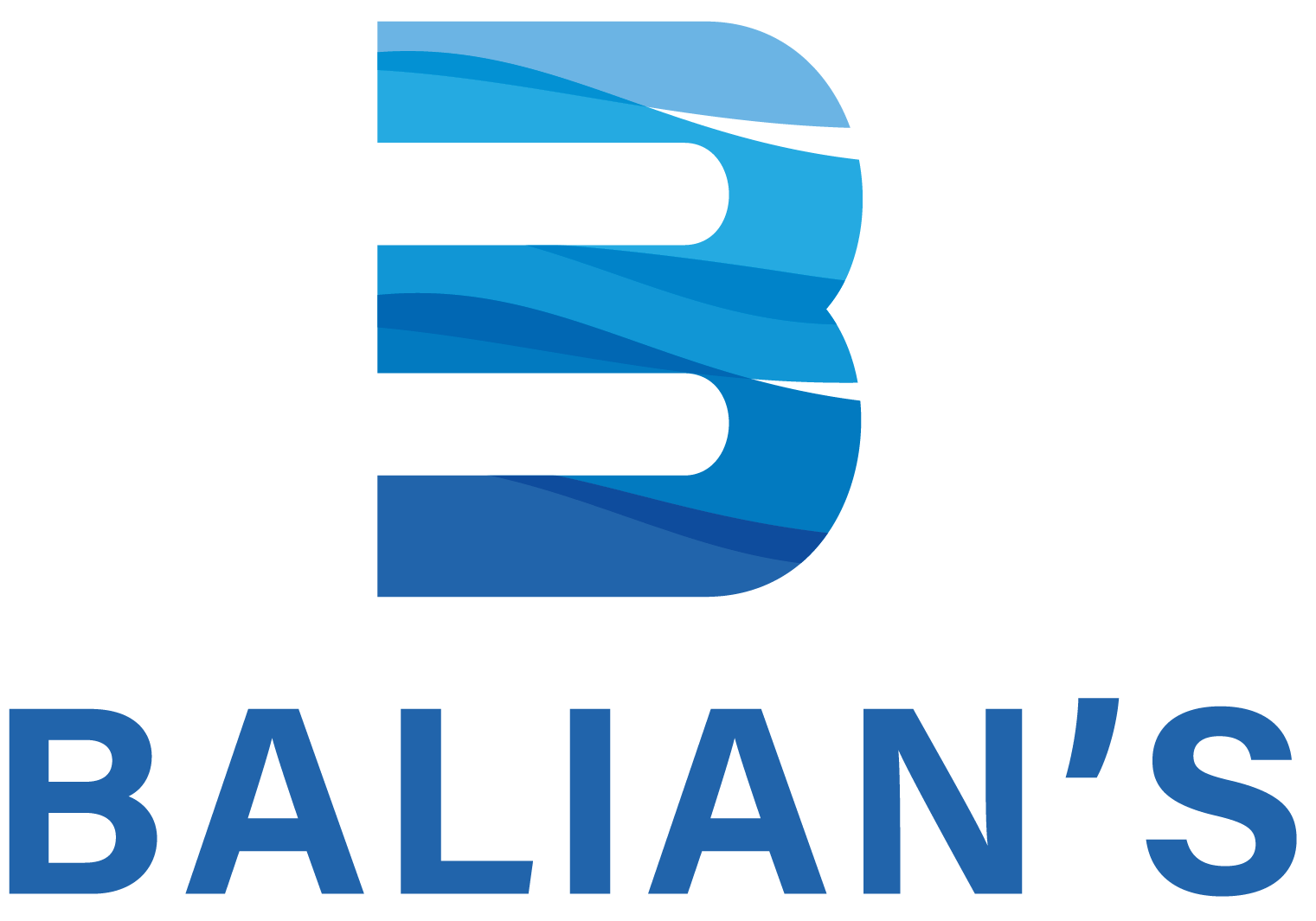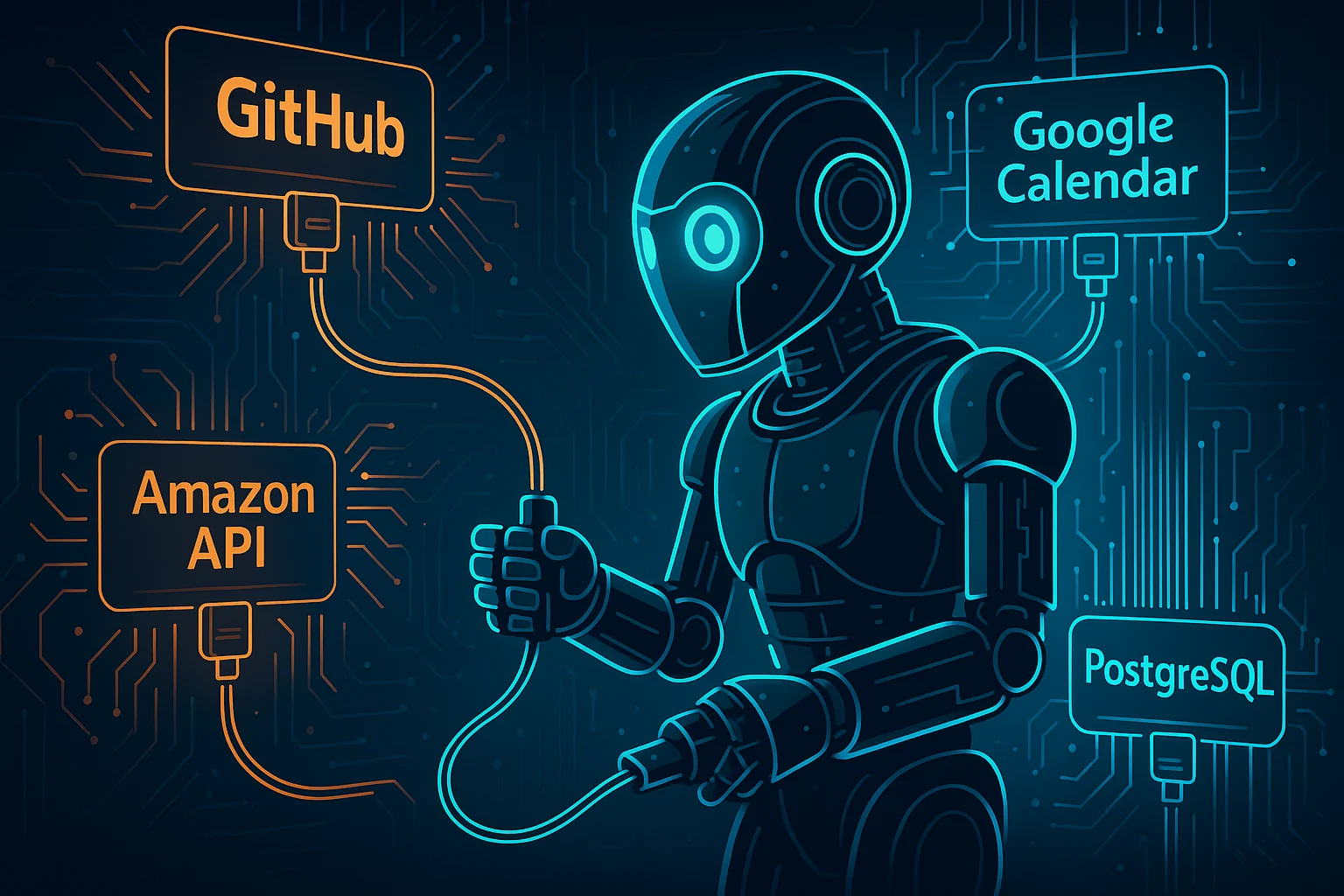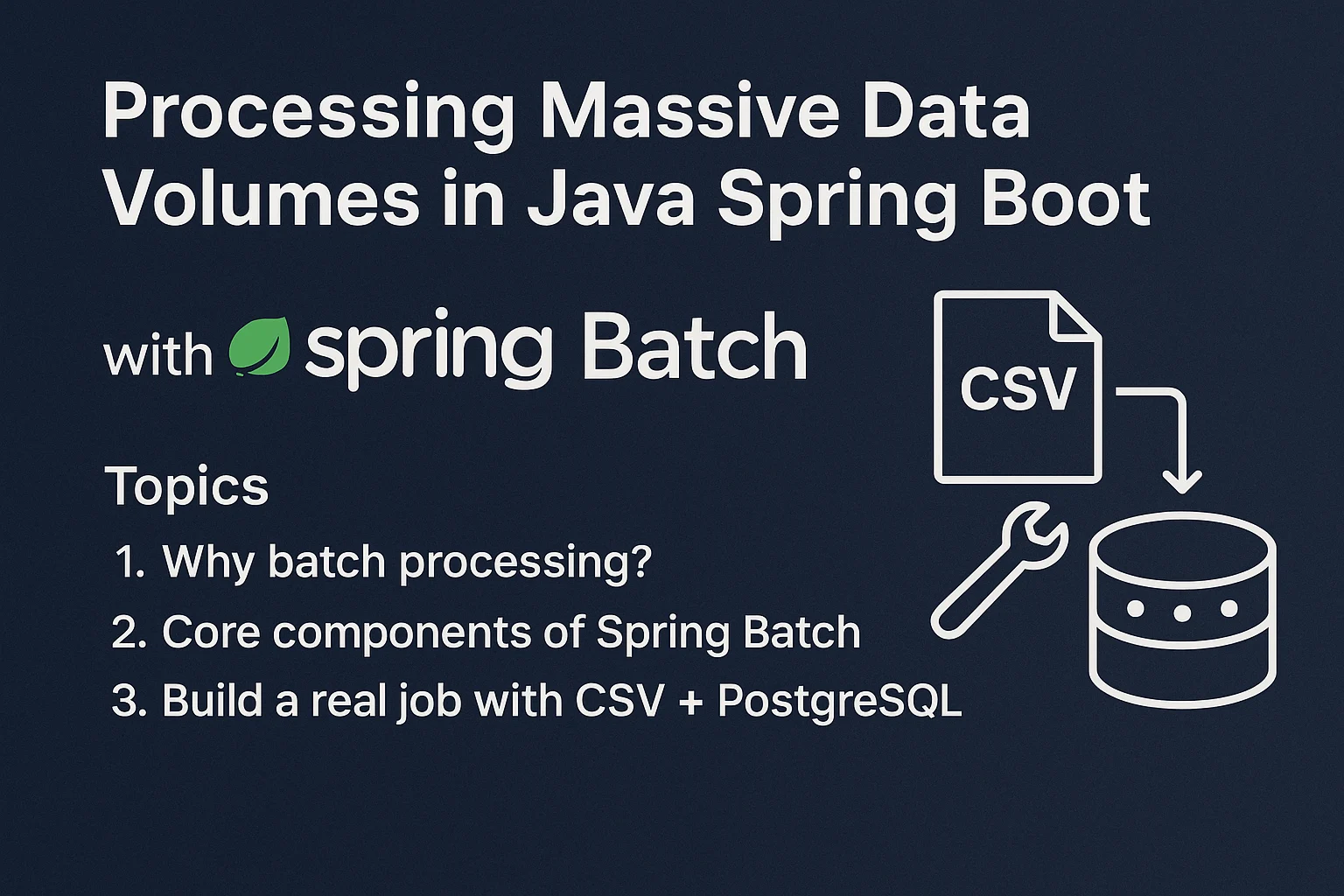Turbo Charge the Amazon Q Developer CLI with MCP Servers

While cutting-edge quantum computing might sound like the realm of science fiction, integrating them into daily software development can be daunting. This article will explore how you can turbo charge the Amazon Q Developer CLI with MCP Servers to significantly enhance your productivity. You’ll meet Bob, a developer like you, turning challenges into opportunities.
The Real-World Case of Bob and the Power of MCP Servers
Bob was leisurely walking his dog in the park when an alert pinged his phone. His current project required more computational power than initially anticipated. The Amazon Q Developer CLI could benefit greatly from the addition of MCP Servers to streamline complex computational tasks. Over dinner that evening, Bob revisited this dilemma, recognizing the need for a scalable and efficient solution.
Step-by-Step Technical Walkthrough with Spring Boot
1. Setting Up Your Spring Boot Project
mvn spring-boot:runTo start, Bob initializes a basic Spring Boot project. This involves setting up the necessary dependencies for the Amazon Q Developer CLI and configuring it to work seamlessly with MCP servers.
2. Configuring Amazon Q Developer CLI
Bob adds the Amazon Q Developer CLI to his project configuration:
dependencies {
implementation 'com.amazon.q:developer-cli:latest'
}
He ensures smooth communication between his local environment and the Amazon MCP Servers. Specifically, Bob configures endpoint settings within his application.properties file:
amazon.q.endpoint=https://mcp.example.com
3. Integrating MCP Servers for Enhanced Performance
The integration of MCP Servers provides benefits such as speed and efficiency in quantum operations. Bob adjusts his instance configurations by modifying his Spring Boot application:
@Bean
public CommandLineRunner commandLineRunner() {
return args -> {
// Configuration code to connect to MCP Servers
};
}
Troubleshooting and Best Practices
Bob knows that with new technology comes the potential for hiccups. Here are some troubleshooting tips he discovered:
- If the CLI isn’t connecting to MCP Servers, verify the credentials and endpoint configurations.
- For performance issues, review the assigned resources to your MCP instances.
- Check the Spring Boot logs for any potential SSL or network-related warnings.
Conclusion and Key Takeaways
Through integrating MCP Servers with the Amazon Q Developer CLI, Bob has transitioned from grappling with computational limitations to harnessing quantum efficiency. This integration empowers engineers to leverage distributed computing power with ease. For your next steps, consider assessing your project’s compatibility with MCP Servers and experimenting with these configurations in a sandbox environment.
Through Bob’s journey, we learn that thoughtful integration of robust tools like MCP Servers can significantly optimize development workflows. As always, regular updates and community engagement are excellent ways to stay abreast of innovations within Amazon’s Q ecosystem.
For full CLI documentation, visit the official Amazon Q Developer CLI guide.
If you’re new to Spring Boot, check out our Beginner’s Guide to Spring Boot Microservices.
Find us
Balian’s Blogs Balian’s
linkedin Shant Khayalian
Facebook Balian’s
X-platform Balian’s
web Balian’s
Youtube Balian’s
#QuantumComputing #AmazonQCLI #MCPServers #SpringBoot #CloudComputing #ProgrammingTips #TechGuide #QuantumLeaps #BobTheCoder #SoftwareDevelopment #ComputationalEfficiency #DeveloperTools #CloudArchitecture #IntegrationTips #TechForLife






